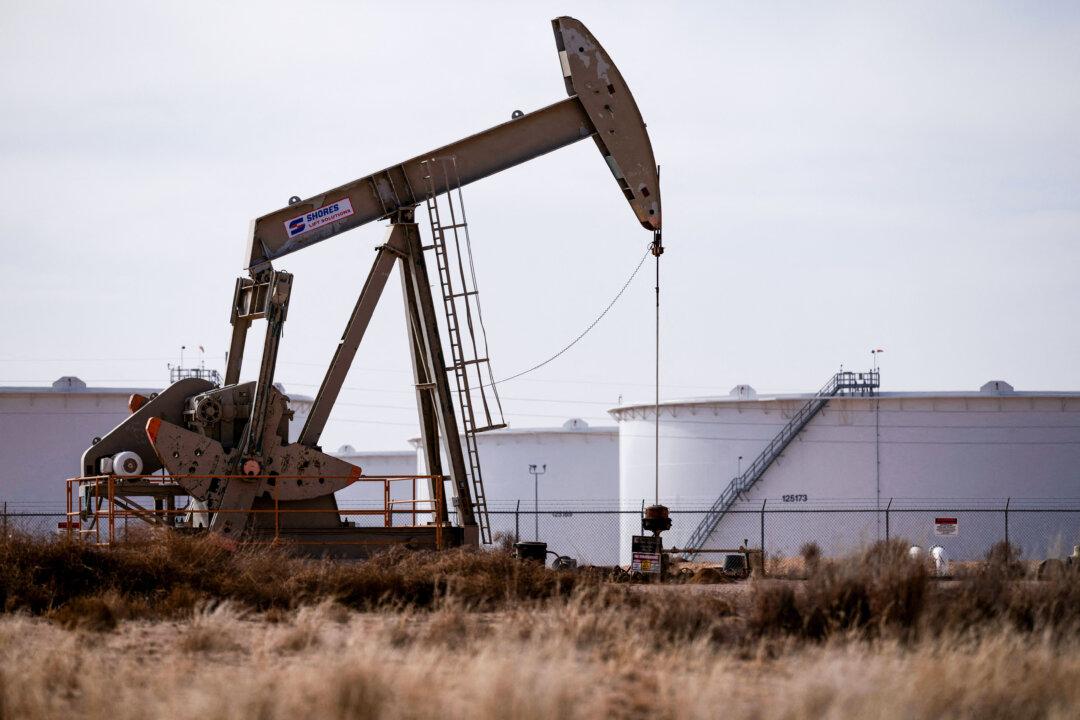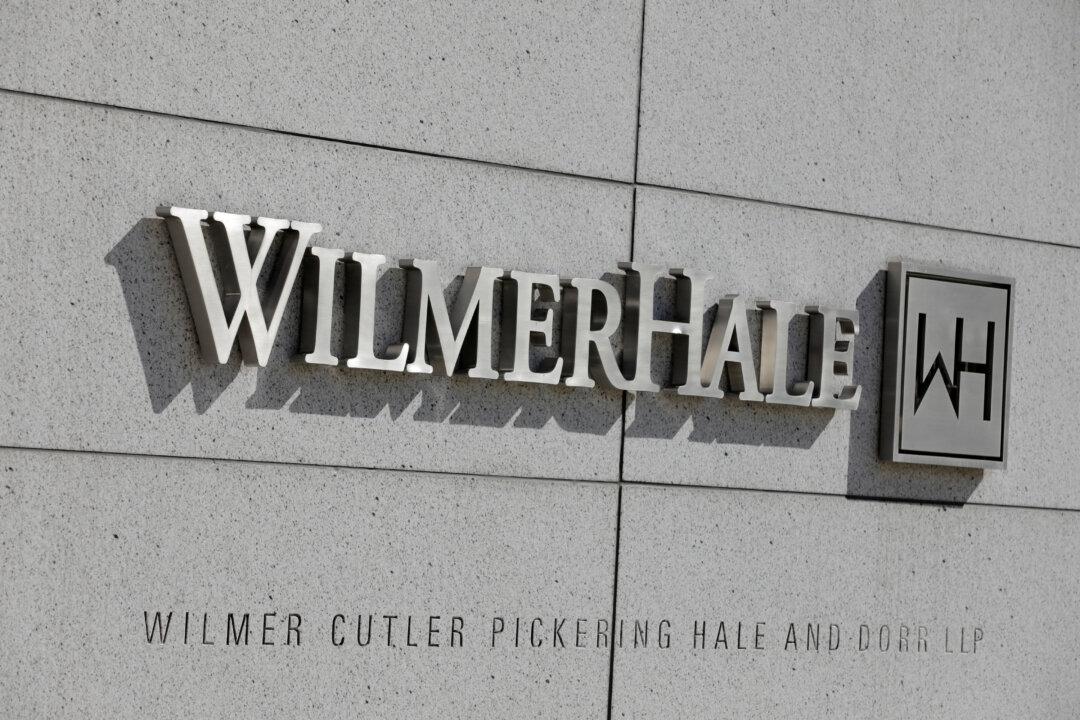America, Europe, and other advanced economies will likely have a recession this year amid soaring inflation, according to renowned economist Nouriel Roubini.
The economist, who is nicknamed “Dr. Doom” for being one of the first economists to call the 2008 recession, stated that the central banks in those nations are facing a “dilemma” as they need to raise interest rates higher to fend off inflation, but that doing so could force the economy to contract soon.
If the central banks don’t raise inflation rates further, then there will be a “de-anchoring of inflation and inflation expectation,” which could lead to macroeconomic instability, according to Roubini.
‘Perfect Storm’ Brewing
The economist noted that a “perfect storm” is brewing this year—inflation, recession, stagflation, and a potential debt crisis—which could result in a “great stagflationary debt crisis.”Stagflation is characterized a period of slow economic growth (or stagnation), rising inflation, and rising unemployment happening at the same time. Stagflation is an issue for economic policymakers as actions aimed at reducing inflation could further exacerbate unemployment
Roubini said that stagflation is “the worst” because of the increased loss of jobs, high unemployment, weakness in the labor market, and inflation outpacing wage growth.
“So it’s across the board to even those who have a job, to their real wages, because prices are rising more than wages, and some people lose their jobs and their income,” he said. “So stagflation is the worst of all worlds for workers.”
Fed Says Inflation Data ‘Too Hot’
The core PCE Price Index, which excludes the volatile food and energy sectors, was up to 4.7 percent from a year ago, up from 4.6 percent, while core PCE prices, again excluding food and energy, were up 0.6 percent month over month, up from 0.4 percent.Many economists now widely expect the Fed to further tighten its monetary policy to reach its 2 percent target rate.
In December, Fed officials forecast that the federal funds rate would rise to a range of 5.0–5.25 percent, and then the central bank would hit pause.
“On the other hand, if those data reports continue to come in too hot, the policy target range will have to be raised this year even more to ensure that we do not lose the momentum that was in place before the data for January were released,” Waller said in remarks at a meeting of the Mid-Size Bank Coalition of America in Los Angeles, California.
Roubini told Australia’s ABC that he believes the Fed would likely need to lift benchmark rates “well above” 6 percent if it wants to reach its 2 percent target.





